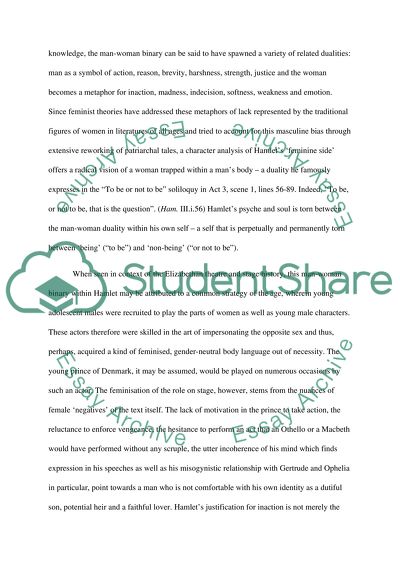Cite this document
(“Finding the woman within: a feminist reading of Hamlet Essay”, n.d.)
Finding the woman within: a feminist reading of Hamlet Essay. Retrieved from https://studentshare.org/literature/1640514-finding-the-woman-within-a-feminist-reading-of-hamlet
Finding the woman within: a feminist reading of Hamlet Essay. Retrieved from https://studentshare.org/literature/1640514-finding-the-woman-within-a-feminist-reading-of-hamlet
(Finding the Woman Within: A Feminist Reading of Hamlet Essay)
Finding the Woman Within: A Feminist Reading of Hamlet Essay. https://studentshare.org/literature/1640514-finding-the-woman-within-a-feminist-reading-of-hamlet.
Finding the Woman Within: A Feminist Reading of Hamlet Essay. https://studentshare.org/literature/1640514-finding-the-woman-within-a-feminist-reading-of-hamlet.
“Finding the Woman Within: A Feminist Reading of Hamlet Essay”, n.d. https://studentshare.org/literature/1640514-finding-the-woman-within-a-feminist-reading-of-hamlet.


